I am developing a Logic App which is scheduled every minute and creates a storage blob with logging data. My problem is that I must create a container for the blob manually to get it working. If I create blob within a not existing container
I get the following error:
"body": {
"status": 404,
"message": "Specified container tmp does not exist.\r\nclientRequestId: 1111111-2222222-3333-00000-4444444444",
"source": "azureblob-we.azconn-we.p.azurewebsites.net"
}
This stackoverflow question suggested putting the container name in the blob name
but If I do so I get the same error message: (also with /tmp/log1.txt)
{
"status": 404,
"message": "Specified container tmp does not exist.\r\nclientRequestId: 1234-8998989-a93e-d87940249da8",
"source": "azureblob-we.azconn-we.p.azurewebsites.net"
}
So you may say that is not a big deal, but I have to deploy this Logic App multiple times with a ARM template and there is no possibility to create a container in an storage account (see this link).
Do I really need to create the container manually or write a extra azure function to check if the container exists?

